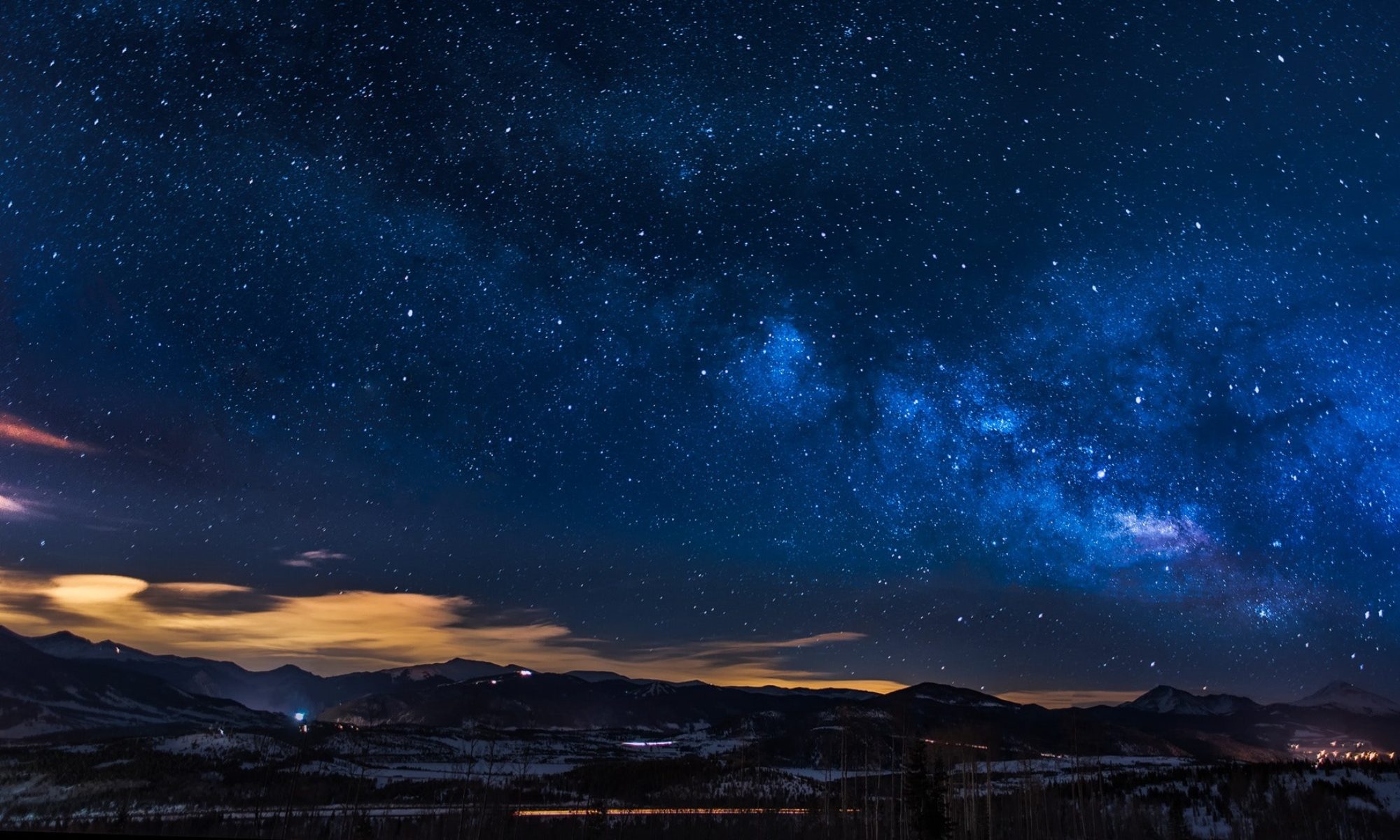I recently spent a week in New Orleans helping to rebuild a house. When I got home and people asked about it, all I could say was, “It’s too huge. I don’t know how to talk about it. I’ll e-mail you something I’ve written.”
Writers write. It’s how we process experience, how we figure out what we think, especially how we think about enormous events like the post-hurricane devastation in New Orleans and the Gulf Coast. When I think about painting over a water mark that came nearly to my shoulders, or of seeing the Lower Ninth Ward’s landscape of foundations where houses used to be, it is too much to talk about. So I am writing.
And I am reading the words of other writers, like Brenda Marie Osbey, the poet laureate of Louisiana. In her poem, Madhouses, she wrote,
journey with me and see what i see
first you hear the leaves
past silence
hitting the ground
moving along the streets
with an undercurrent of rhythm
moving to your bloodbeat
and the sounds of your hands
reaching
reaching up
When Philip C. Kolin , a professor of English at University of Southern Mississippi and Susan Swartwout, associate professor at Southeast Missouri State University, co-edited a collection of poems called Hurricane Blues (2006, Southeast Missouri State University Press), they received more than 10,000 entries to choose from, poems from people who lived through it and those who watched from around the world. One they selected for the book is Everywhere, Water by Somerville’s Georgiana Cohen , who wrote:
It is not water
anymore; it’s a
city’s slow bleeding.
Levees buckle like
collapsed arteries.
The Delta’s heart is
broken, and beaten.
Some Hurricane Blues poems remind us of the disconnect of being where sun warmed our faces as we listened to news about the rising waters. Virginia Ramus watching, horrified, “from this New/ Jersey beach,” wrote of
ocean darkening
beneath fingernail
moon visible from all
over the nation.
Likewise, Thomas R. Smith’s poem, ” In Wisconsin, Hardly a Breeze” asked
How would our
heart beat without the city that birthed Satchmo?
Linda Pastan wrote of Noah preparing the ark: “he had precise instructions from above” while
God went about his usual business
somewhere else.
Who worried about the children.still stranded on their failing rooftops;
the abandoned animals who didn’t
make it to the ark; the way so many deaths seemed an almost incidental
part of the story?
Did anyone give instructions
from above, and when?
Some poems tell how the story unfolded. Jianquing Zheng wrote,
Fingers-crossed, my wife and I
keep praying to the trees:
don’t fall; don’t fall.
From Malaika Favorite,
We awoke to find the river
sitting at table ready to lap up all we had.
And Lee Herrick wrote
You can live by the water and still die of thirst.
I said you can live by the water and still die of thirst….
I don’t know what I should tell you.
But I feel like the saints are marching.
They are singing a slow, deep, and beautiful song,
waiting for us to join in.
One poem, by Katherine Murphy, is titled “A Street Called Humanity.” I passed Humanity each day on my way to the house where I was spackling and sanding. I was there through the Union for Reform Judaism as part of a group of 34 people from across the country. The group worked on two houses. The one I worked on was just off Elysian Fields Avenue, a name more redolent of Tennessee Williams’ Streetcar Named Desire, which is set in that neighborhood, than of the heavenly resting place in Greek mythology.
The long slow work of rebuilding goes on, and the mountain of written words continues to grow. I am finding that the more I write, the more I am beginning to find ways to start talking about what I saw there. But for each writer who lives in New Orleans, who visits, who thinks about what it would be like to lose everything, the impulse to respond continues. We write to make other people pay attention. Mostly we write as a way to make sense out of the incomprehensible. We have no choice. It’s what we do.
.
